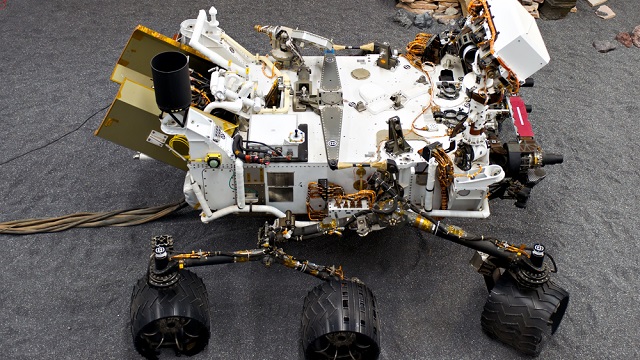This CSA Supports Artists Instead Of Agriculture

What’s the Latest Development?
Last weekend some New York City residents saw their first harvest from a new type of community-supported organization: As shareholding members of Brooklyn Community Supported Art and Design (CSA+D), they received a select number of original works from local artists working in a range of media including watercolors and ceramics. Each artist received $3,000 for producing 50 pieces, all of which had to be relatively small — able to fit into an 18x12x12 box — to accommodate the typical apartment-dwelling, non-driving shareholder.
What’s the Big Idea?
Community-supported agriculture has been around since the 1980s, but it’s only been in the last few years that the model has been applied to other items, like seafood and flowers. Brooklyn CSA+D isn’t the first art CSA; founder Dianne Debicella borrowed the idea from a similar organization in Minneapolis-St. Paul. The benefits are the same as for other CSAs, she says: “It’s exciting for [the artists] that their work is out there with 50 different people that they don’t know.” Another share is scheduled for next month, and at least one share will take place in the spring.
Photo Credit: Shutterstock.com
Read it at The Atlantic Cities



